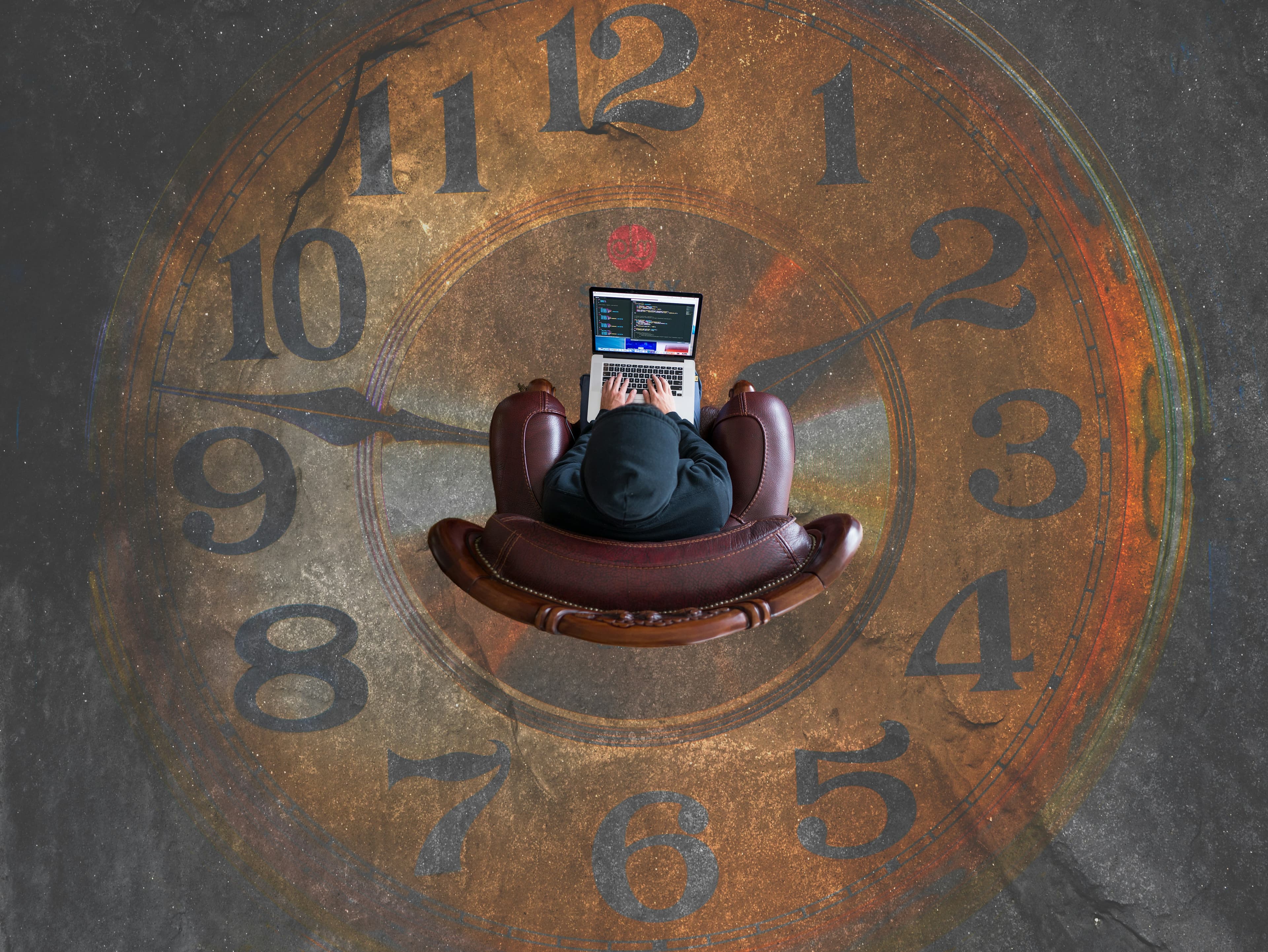
Women, Work, and the “Do It All” Trap: Strategies to Lead Well Without Burning Out
The expectation to "do it all" is especially pervasive in mission-driven or high-responsibility environments, where blurred lines between personal sacrifice and professional responsibility can become the norm. Too often, high performers are celebrated not for sustainable, high-quality output, but for their ability to grind through long hours and endless meetings. But real impact isn't measured by how full your calendar looks - it's measured by your clarity of purpose, your health, and your ability to think and lead effectively. Recognizing this shift in perspective is the first step toward building a more balanced and effective professional life.
For many professionals, especially women, the pressure to constantly perform can be intense. Whether it's managing budgets, leading projects, or juggling multiple roles, the demands are real and relentless. Burnout has become a widespread issue, with many reporting frequent stress and fatigue as a result of their work obligations1. This is not just a personal issue - it's an organizational risk that affects decision-making, innovation, and long-term retention.
These pressures are mirrored in the world of remote work, where boundaries between personal life and professional responsibilities can easily dissolve. The absence of a commute or traditional office structure often leads to longer working hours, fewer breaks, and the false perception that availability equals productivity. In remote settings, where the home becomes the workplace, redefining productivity to include well-being, focus, and sustainable work rhythms is just as crucial.
Setting Boundaries Without Guilt
One of the most powerful shifts I made was learning to set clear boundaries - not as a sign of weakness, but as a strategic decision. This includes everything from defining your work hours and protecting your time off, to being honest with your team about capacity and expectations. Boundary-setting is not about doing less, it's about doing the right things with intention. When you are constantly reactive, you lose the ability to prioritize, which leads to diminished outcomes and higher stress levels. In high-demand fields, where resources can be limited and expectations are high, intentionality becomes even more crucial.
This is equally true in remote work environments, where the lines between "on" and "off" hours can blur. Without the visual cues of colleagues packing up for the day or the physical separation of an office, it can be harder to signal when the workday ends. Remote professionals must be especially diligent in creating routines that define their availability and protect personal time. Communicating boundaries clearly, whether through shared calendars, status updates, or time-blocked schedules, can help manage expectations and reduce burnout.
There is a cultural shift happening across many industries, where leaders are encouraging staff to take mental health days, use their vacation time, and disconnect after hours. But this must be modeled from the top. Leaders who demonstrate respect for their own boundaries give others permission to do the same. Flexible work arrangements, such as telework and compressed work schedules, have been identified as tools that improve both performance and morale when implemented thoughtfully2. These practices can be essential in helping employees manage personal responsibilities while still delivering high-quality work.
Recognizing the Costs of Overextension
The cost of overextension is not just exhaustion - it's missed opportunities for innovation, poor health outcomes, and strained relationships both at work and at home. When you're constantly in survival mode, there's little room for creative thinking or strategic planning. I learned the hard way that sacrificing my own well-being for the sake of external validation was unsustainable. It wasn't until I paused, reassessed, and started prioritizing my health that I was able to lead more effectively and support others in doing the same.
This lesson is especially relevant for those working remotely, where the absence of physical separation from workspaces can make it easy to fall into patterns of overwork. The expectation to be constantly available - to answer emails late at night, join just one more video call, or finish "just one more task" - can spiral into chronic stress and emotional fatigue. Remote work requires active management of energy and time to prevent these pitfalls.
Research supports this experience. According to the American Psychological Association, chronic workplace stress without adequate recovery time can lead to burnout, decreased job satisfaction, and increased turnover3. Losing experienced professionals due to burnout can have long-term consequences for any organization. It is essential to view work-life balance not as an employee perk, but as a strategic priority. Encouraging self-care and realistic workloads is not just the right thing to do - it's a necessary investment in organizational resilience.
Creating a Culture That Supports Balance
Cultivating a workplace culture that supports balance begins with honest conversations. Leaders should ask their teams regularly about workload, emotional well-being, and support systems. These discussions should not be performative, but tied to actionable changes like redistributing tasks, simplifying processes, or eliminating unnecessary meetings. When staff see that their feedback leads to meaningful adjustments, it builds trust and improves engagement. A 2022 study found that organizations implementing employee-centered policies saw increased retention and improved morale4.
In remote or hybrid teams, this culture is even more critical. Regular check-ins, transparent communication, and inclusive decision-making help ensure that distributed employees feel supported and connected. Leaders must be intentional about creating digital norms that foster work-life balance, such as respecting time zone differences, encouraging time off, and discouraging after-hours communication unless truly urgent. These small but consistent practices help prevent the isolation and overwork that can plague remote environments.
It's also vital to recognize that balance looks different for everyone. For some, it might mean flexible hours to manage childcare. For others, it could be the ability to disconnect from email after 6 p.m. or to focus on professional development during slower seasons. Organizations should provide a framework for flexibility that allows individuals to tailor their schedules to their needs while still aligning with operational goals. When staff feel seen and supported, they are more likely to remain committed and contribute their best work.
Personal Strategies for Sustainable Leadership
On an individual level, sustainable leadership starts with self-awareness. Take a regular inventory of your energy, your priorities, and your values. Ask yourself: What brings me energy, and what drains me? Where am I spending time out of obligation rather than purpose? This kind of reflection can illuminate areas where small changes can create big improvements. For example, blocking out focus time during the day or scheduling standing check-ins to reduce back-and-forth communication can help regain control over your schedule.
Remote professionals in particular benefit from this kind of intentional structure. Without the physical cues of an office environment, it's easy to allow work to bleed into every hour of the day. Setting up rituals - a walk before work, a designated workspace, or a clear end-of-day routine - can reinforce work-life separation. These habits protect your focus during work hours and your rest during personal time.
Building routines that reinforce well-being is also essential. This might include daily walks, mindfulness practices, or simply turning off work notifications after hours. A 2023 report by the Center for Creative Leadership found that leaders who maintained consistent personal routines were more effective in managing stress and leading teams through change5. These small, consistent actions create a foundation of stability that allows you to remain grounded even during times of high pressure. Sustainable leadership is not about doing more with less - it's about doing better with clarity and intention.
Conclusion: Prioritize Yourself to Serve Better
The narrative that success requires constant sacrifice is outdated and harmful. In any field, it can be difficult to prioritize yourself. But the truth is, you cannot sustainably serve your team, your clients, or your family if you are depleted. Reclaiming control over your time and energy is not an act of selfishness - it is a commitment to excellence. When we operate from a place of health and clarity, we bring fresh ideas, deeper empathy, and stronger leadership.
Work-life balance is not a destination but a practice. It requires regular adjustment, open communication, and a willingness to advocate for your needs. Whether you are in management, policy, or creative work, your ability to lead effectively depends on your ability to care for yourself. The most impactful leaders are not those who do it all, but those who know what matters most and are willing to protect it. Prioritize well-being, and you will find that your capacity to lead and contribute only grows.
This is equally true for remote professionals, who must navigate the unique challenges of working from home while maintaining their personal lives. By setting boundaries, building healthy routines, and fostering supportive cultures, we can create a new model of success - one that values balance as a strength, not a concession.
Bibliography
International City/County Management Association. “State of the Profession Survey: 2021 Results.” ICMA, 2021.
U.S. Office of Personnel Management. “2022 Federal Employee Viewpoint Survey.” Washington, D.C.: OPM, 2022.
American Psychological Association. “Stress in America: The State of Our Nation.” APA, 2023.
National League of Cities. “Supporting Local Government Workforce: Trends and Strategies.” NLC, 2022.
Center for Creative Leadership. “Leading Through Crisis: The Role of Personal Routines.” CCL, 2023.
More from Work Life Balance
Explore related articles on similar topics





